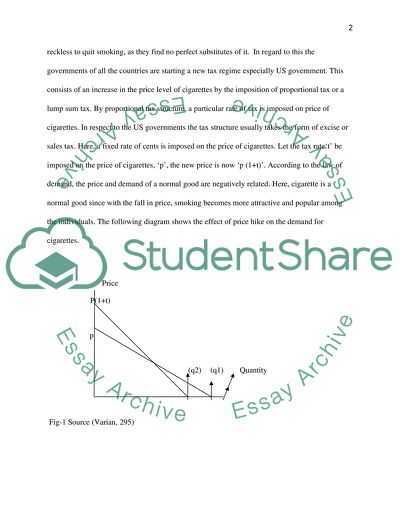Cite this document
(“Quantitative demand Research Paper Example | Topics and Well Written Essays - 2250 words”, n.d.)
Retrieved de https://studentshare.org/miscellaneous/1568162-quantitative-demand
Retrieved de https://studentshare.org/miscellaneous/1568162-quantitative-demand
(Quantitative Demand Research Paper Example | Topics and Well Written Essays - 2250 Words)
https://studentshare.org/miscellaneous/1568162-quantitative-demand.
https://studentshare.org/miscellaneous/1568162-quantitative-demand.
“Quantitative Demand Research Paper Example | Topics and Well Written Essays - 2250 Words”, n.d. https://studentshare.org/miscellaneous/1568162-quantitative-demand.


